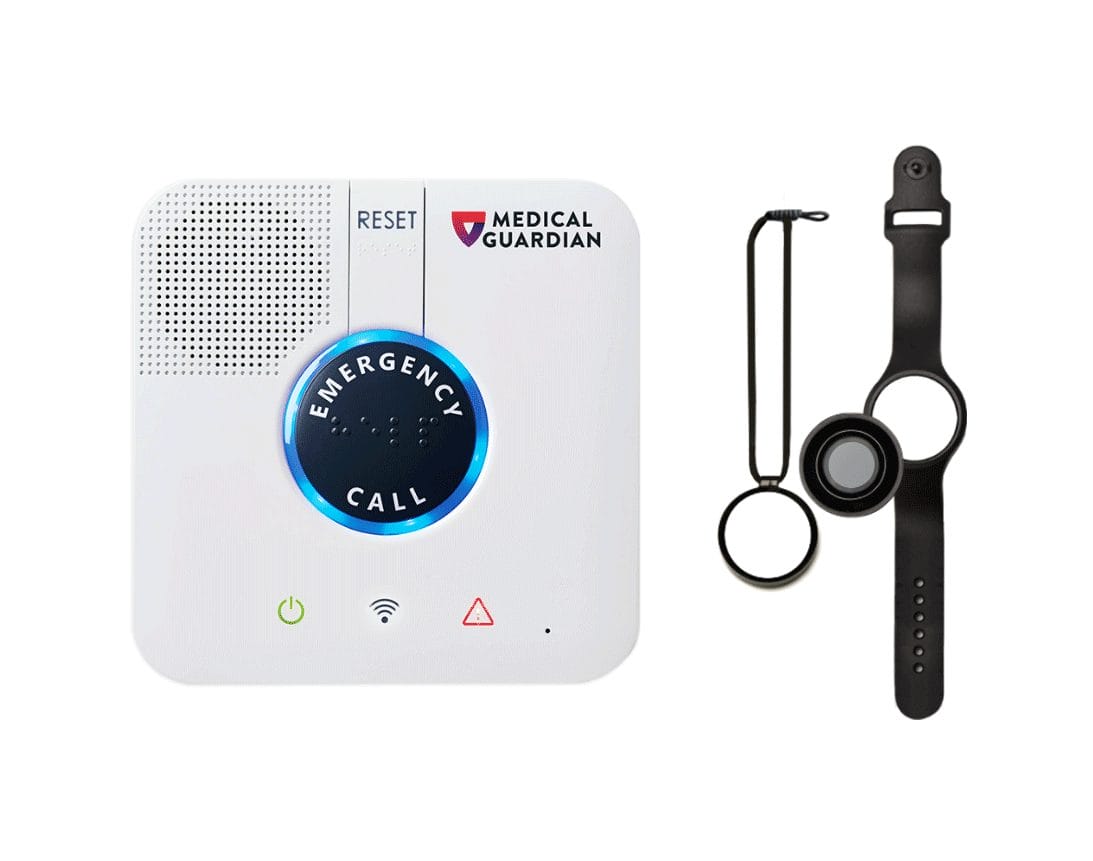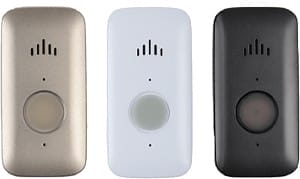
If your mobility has declined or you are recovering from surgery and need some extra support, durable medical equipment can be just what the doctor ordered (literally and figuratively). Durable medical equipment is a term used for any equipment or supplies that are medically necessary, ordered by a medical professional, and intended for extended use. Examples of durable medical equipment, or DME, include wheelchairs, walkers, hospital beds, oxygen equipment, and commode chairs, to name a few.
Once you have an order for a piece of durable medical equipment, there are a few ways to cover or offset DME costs in order to make purchasing or renting them more attainable. Here are some options for paying for the durable medical equipment needed to keep you safe and healthy.
Using Medicare to pay for durable medical equipment
For adults over 65, Medicare is often the first option for covering medical costs. Fortunately, Medicare does cover durable medical equipment as long as the equipment is:
- • Durable, or meant to last more than three years.
- • Medically necessary and prescribed by a physician.
- • Used in the home, whether a traditional home or a senior living facility.
It’s important to note that the physician prescribing your DME must be enrolled in Medicare for Medicare Part B to pay for the costs. It is also common for Medicare to require that you see a physician in person for the doctor to write the order.
Once you meet your Part B deductible, Medicare will pay 80% of approved DME costs. You’ll be responsible for 20% of the cost whether purchasing the equipment outright or renting it. If you have Medigap or other supplemental insurance plans, they might pay for some of the 20% you are responsible for. Check your policy for details.
How Medicaid can help cover durable medical equipment
If you qualify for Medicaid, you might be able to use it to offset the remaining DME costs. However, coverage depends on your state’s specific Medicaid guidelines. Medicaid coverage varies from state to state, so each state has flexibility in choosing what DME to cover. It’s best to call your Medicaid case manager to determine what costs you might be able to offset after Medicare pays its part.
[Learn about Medicare vs. Medicaid here]
Veterans benefits and paying for durable medical equipment
If you qualify for VA benefits, the Veteran-directed care program will often pay for durable medical equipment. In Veteran-directed care, the Veteran has a budget for care and supplies and can use the funds to cover DME. The equipment needs to be deemed medically necessary and prescribed by a physician. Further, if you qualify for the Aid and Attendance benefit, you can receive money to offset various costs of living at home or in a senior living community, which you can use to pay any portion of your durable medical equipment costs.
Other ways to pay for durable medical equipment
If you are still struggling to pay for durable medical equipment via Medicare, Medicaid, VA benefits, or a combination of the three, you can explore other options. First, if you have a long-term care insurance policy, you might be able to request reimbursement for DME costs if it is covered under your policy.
Check the details of any health insurance policy you might carry in addition to Medicare. While the policy might not kick in until you have met the yearly Medicare and supplemental policy deductibles, it can still be a viable option for offsetting the cost of medically necessary durable medical equipment.
Next, look for tax deductions you can use to write off medical expenses. Work with an experienced accountant to determine if you can itemize and write off medical expenses that exceed 7.5% of your adjusted gross income.
Finally, contact your local senior service agency. Many communities offer durable medical equipment you can borrow for a set period of time for free, thanks to donations from other community members. In addition, your local senior service agency might offer grant programs that cover durable medical equipment costs for qualified applicants. The professionals who work there can also direct you to any local resources available in your area that provide DME assistance.
If you’re still struggling to pay for durable medical equipment, talk with your physician. They can help you with resources that might provide financial relief for any medically necessary supplies or equipment.








